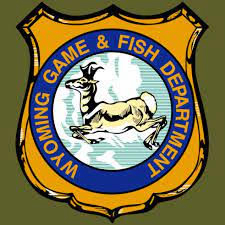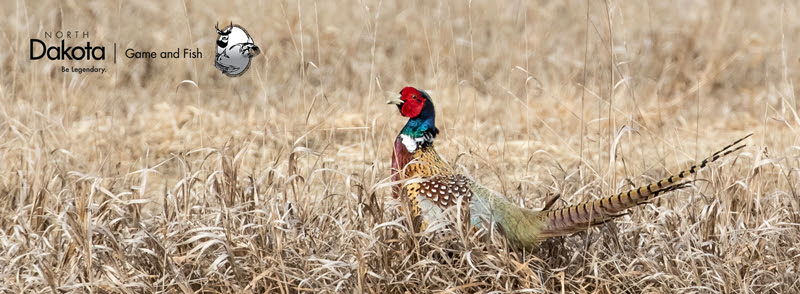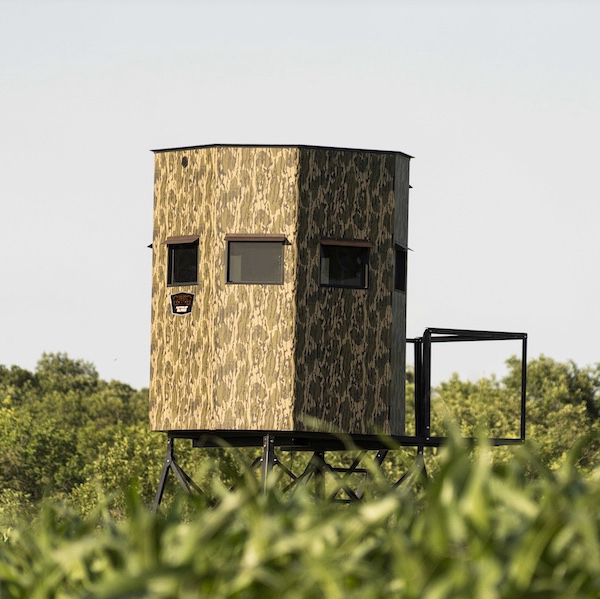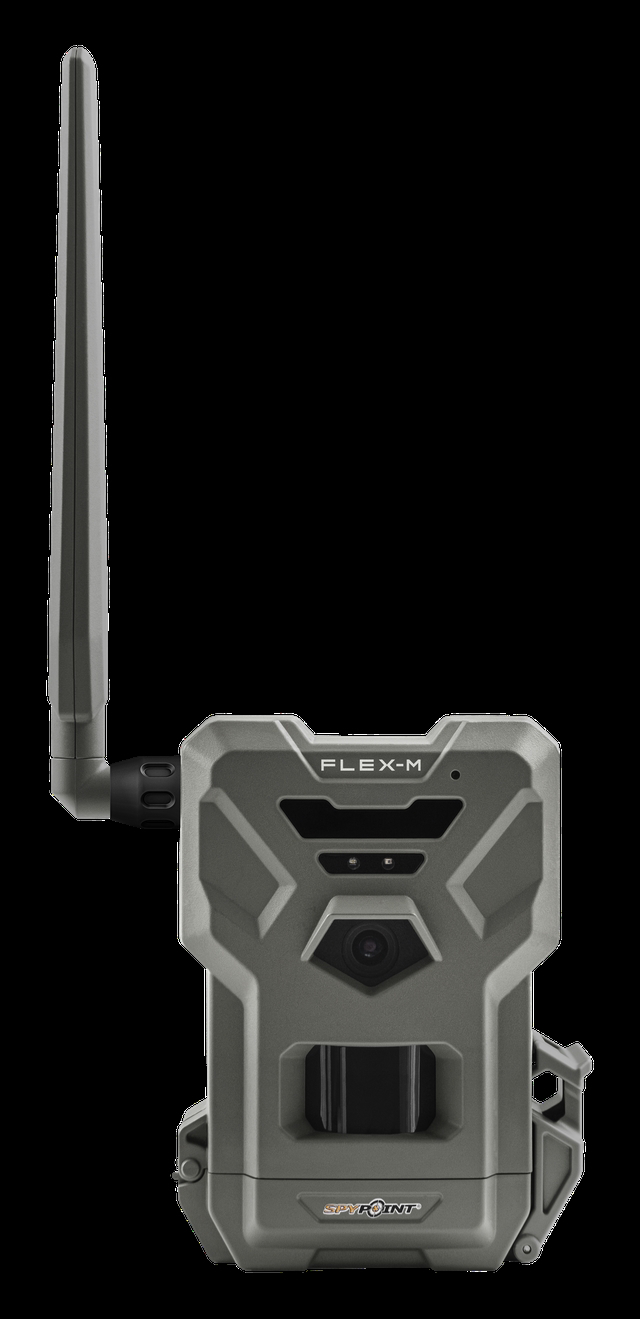By Glen Wunderlich
Charter Member Professional Outdoor Media Association (POMA)
Years ago, a few friends and I learned about the presence of feral pigs in mid-Michigan, sighted in our big-game firearms and headed to an area reported to have been invaded by the invasive hogs. We poked around and reluctantly headed home without locating a trace. If it interests you as a hunter, farmer, or as an outdoors enthusiast, a report has been submitted to the DNR this past week of a wild hog in south-central Shiawassee County between Perry and Owosso! That’s right and I am the person responsible for reporting the shocking experience.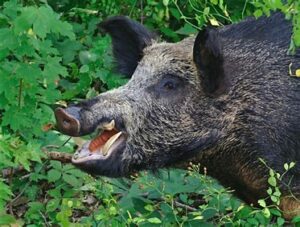
If you live in the area – specifically a mile west of M-52 on W. Tyrrell Road – you may be contacted as part of a USDA investigation into the matter. While driving on the dirt road at approximately 35 MPH, the large, lone hog scurried across the road without hesitation no more than 40 yards and vanished before my eyes into heavy cover. I’ve estimated its weight to be approximately 300 pounds. I really don’t know if my jaw bones have ever been stretched so far down!
After dwelling on the moment, I realized it may be a good idea to report the sighting on the DNR’s website section on invasive species. Once there, the form gets quite detailed about location, date, and time of the observation. After that, I followed up with a phone call to Dwayne Etter at 517-284-4725, who is the DNR’s wildlife research specialist in such matters. Apparently, he was away from the office, so I left a voice mail hoping for a return call that never came. Not to be denied, I followed up with a call to 517-284-9453, which is the general line and the receptionist directed me to Amberly Hauger of the U.S.Department of Agriculture (USDA) wildlife services division at 517-336-1928 and she promptly answered my call. The USDA receives national funding to work with the state(s).
I didn’t get some of my questions answered, because officials are notified not to divulge information to members of the media without first conferring with higher-ups. However, she cordially promised to follow up with answers to specifics later.
If you are not familiar with the appearance of these destructive animals, there are plenty of photos online.
How many we have in Michigan nobody really knows; however, the ferocious beasts have been spotted in many of Michigan’s 83 counties. Wild hogs are known to carry up to 34 different diseases, some of them highly infectious and deadly to animals and people. These can be spread by a bite, by handling the carcass, or by eating the pork without taking careful precautions. Pig farmers are particularly fearful feral pigs could bring back swine flu. This respiratory disease was eradicated in 1978 only after decades of intense, concentrated effort. It was hard enough to eliminate the disease when it was localized on farms that could be isolated. If this disease were to spread freely among an uncontained population, it would be nearly impossible to contain.
Pursuant to MCL 433.14a(3), individuals not affiliated with the government may kill feral pigs as follows:
-
- A person may kill swine running at large on private propertyif the person is, or is accompanied by or has the permission of, the owner or lessee of the property.
- A person may kill swine running at large on public propertyif he or she possesses either of the following:A license to carry a concealed pistol issued under MCL 28.421 to MCL 28.435.
- A valid hunting license for any game issued under the Natural Resources and Environmental Protection Act, MCL 324.43501 to MCL 324.43561.
- This empowerment does not authorize the discharge of a bow and arrow, crossbow or firearm in an area where the discharge of that weapon or hunting of that weapon is prohibited by a local ordinance. MCL 433.14a(4).
Those who kill wild swine under these provisions are to report incidents to local law enforcement. The Michigan DNR and the U.S. Department of Agriculture may want to collect blood or tissue samples from the carcass to test for diseases or to determine migration patterns for the species.
